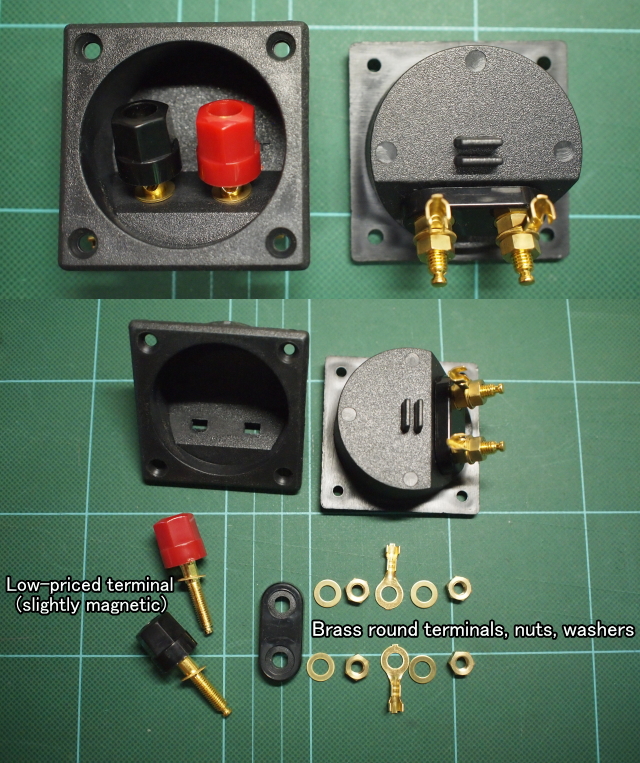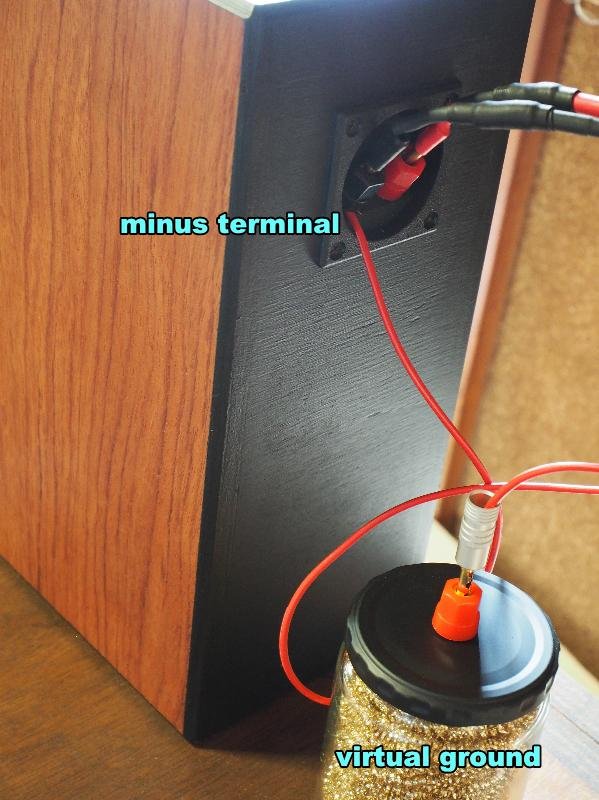What audio accessories do you use for full-range driver?
Full-range driver has weak-points, "distortion increases when volume is large" and "mid and high range becomes muddy when bass is large volume"
So, I make my own accessories to reduce weaknesses .
Ladder type Speaker Cable
Cable : Single core coaxial cable 1.25sq or 0.75sq * 2
Banana plug : SteinMusic IBP-24
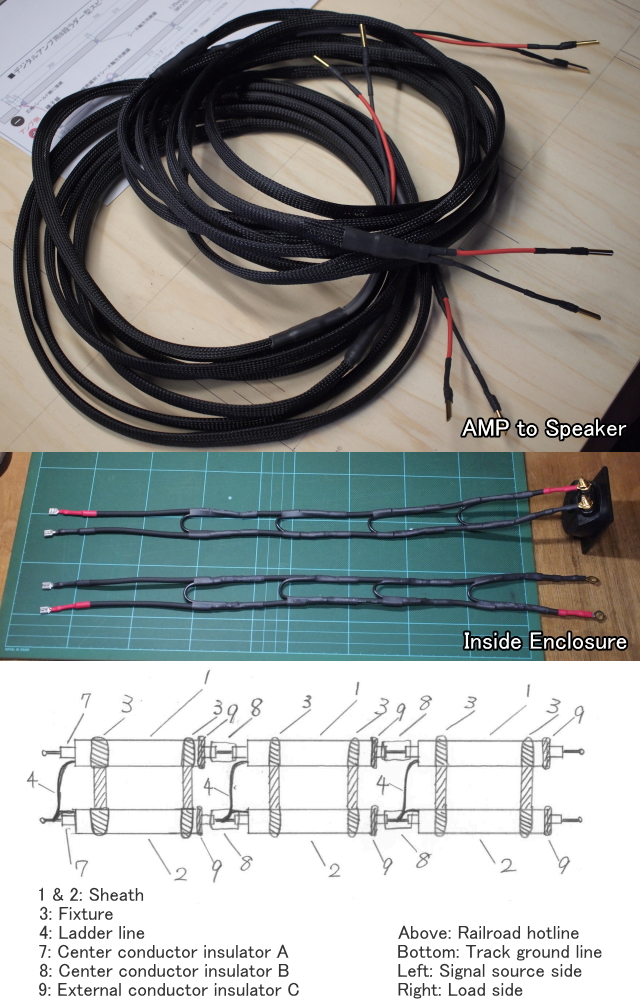
[+][-]separated RCA Cable
Plug : AECO RCA plug
Cable : Single core coaxial cable 0.5sq * 2
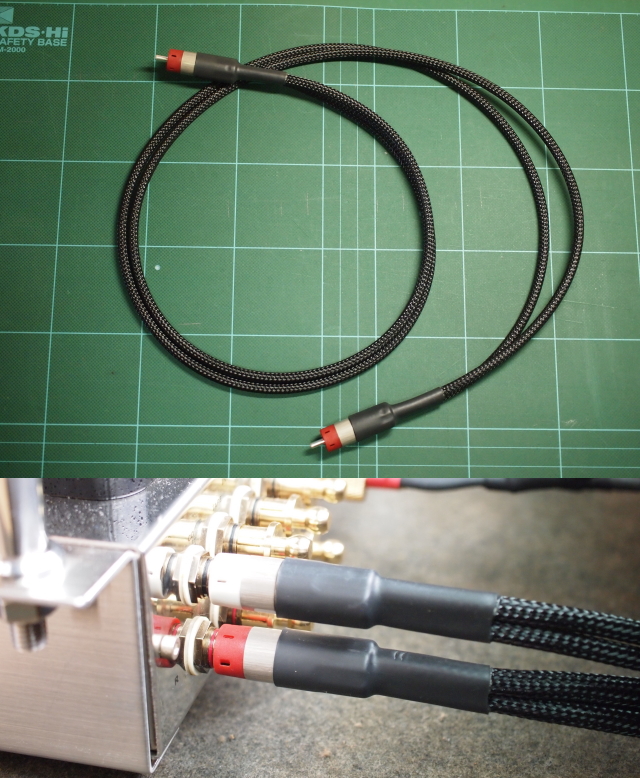
[signal][power]separated USB Cable
Plug : Normal plug
Cable : 2-core coaxial cable 0.5csq * 2
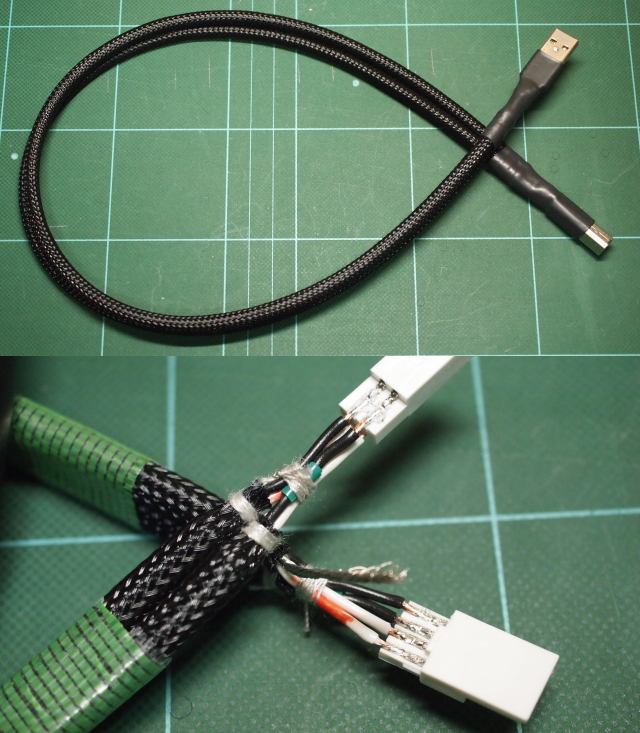
Speaker Insulator
original, semi-floating insulator
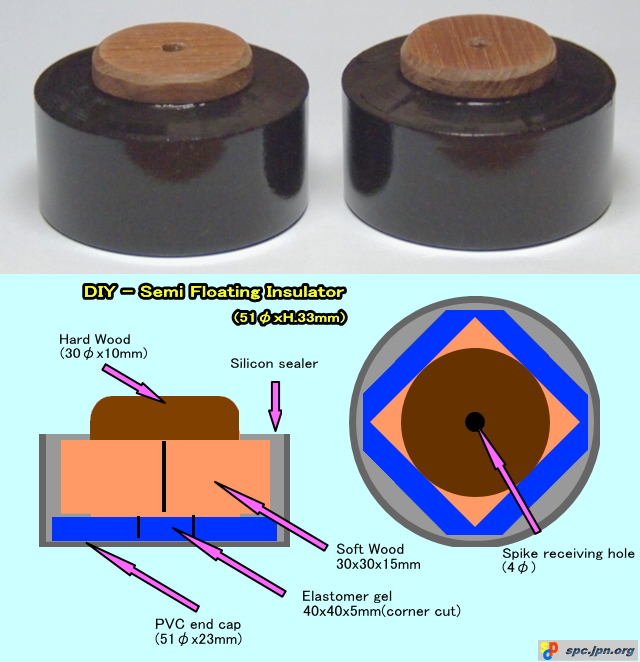
Cable Insulator
original, wood and tetron thread used
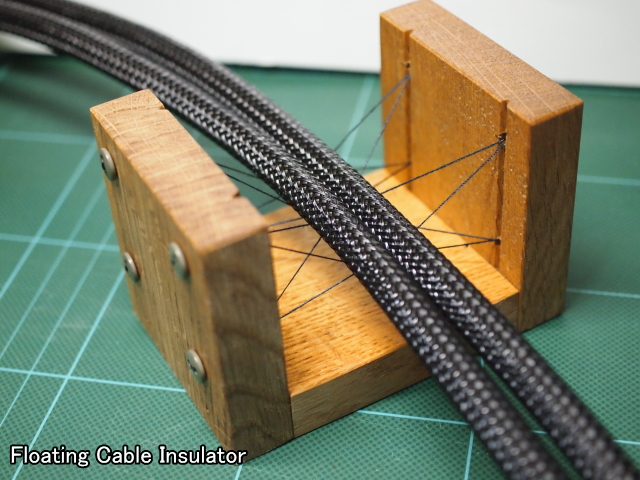
Full-range driver has weak-points, "distortion increases when volume is large" and "mid and high range becomes muddy when bass is large volume"
So, I make my own accessories to reduce weaknesses .
Ladder type Speaker Cable
Cable : Single core coaxial cable 1.25sq or 0.75sq * 2
Banana plug : SteinMusic IBP-24

[+][-]separated RCA Cable
Plug : AECO RCA plug
Cable : Single core coaxial cable 0.5sq * 2

[signal][power]separated USB Cable
Plug : Normal plug
Cable : 2-core coaxial cable 0.5csq * 2

Speaker Insulator
original, semi-floating insulator

Cable Insulator
original, wood and tetron thread used

The only equipment I use to "improve" a fullrange is a simple analog band equalizer - nowadays preferring the DSP due to it's flexibility and bigger playground. I like your stuff especially the floating cable insulator. Looks like a fun DIY project! The ladder cable for inside an enclosure keeps me wondering how you fixated it that there is no rattling noise happening. I guess the cable is sturdy and heavy but if it's swinging against a wall... No criticism just being curious 
Dear, S4m
Thanks your comment.
I think that weak-point of full-range driver cannot be avoided by graphic equalizer or DSP.
Therefore, I use the box structure, sound absorbing material, etc. well to deal with it.
In addition, only the internal wiring uses a rubber sheathed microphone cable, but it feels good sound.
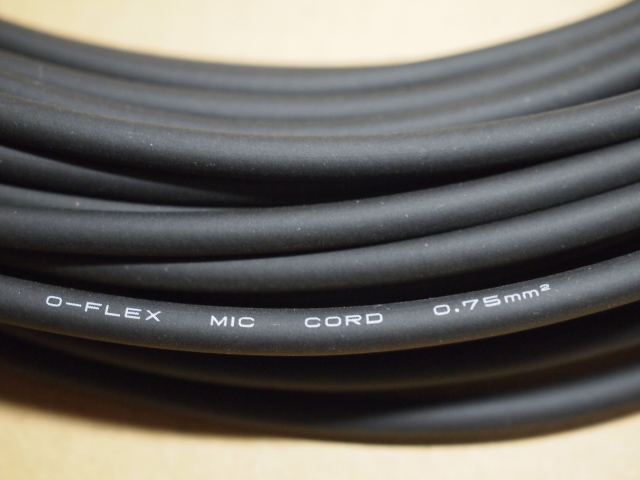
Thanks your comment.
I think that weak-point of full-range driver cannot be avoided by graphic equalizer or DSP.
Therefore, I use the box structure, sound absorbing material, etc. well to deal with it.
In addition, only the internal wiring uses a rubber sheathed microphone cable, but it feels good sound.

Best way to fight distortion and muddy sound at higher volumes is to restrict cone movement. Some cabinet types, if properly designed are very good at it, like big horns, karlsons or fully stuffed transmission lines.
Also, amplifier must have deacent damping factor to control the cone, especially with modern drivers with high Qms.
So if problem is somewhere there I doubt cables, floor insulators or equalisation will fix it.
Also, amplifier must have deacent damping factor to control the cone, especially with modern drivers with high Qms.
So if problem is somewhere there I doubt cables, floor insulators or equalisation will fix it.
This is great! Your interconnect reminded me of when I made a passive shunt volume control. I determined I didn't want to connect the channel grounds in it for no reason so I made the enclosure out of an ABS box. No problems with noise I that noticed, and it did sound great. I figured the only control I couldn't do without is the volume, and I wanted to keep it as minimal as I could, so separating everything as much as possible/not connecting things unnecessarily made a lot of sense to me. Thank you for the cool ideas!
Those things don't do much, what does is a good driver, a good cabinet with enough bracing and internal damping that is tuned right for the driver. Some eq (passive or active) and the right type of amplifier (depending on the driver) can also help. Cabling does not matter that much (as long as it's good cable that is thick enough), nor those other snake oil stuff (even if it's diy) that you mention.
What audio accessories do you use for full-range driver?
Nothing, other than as relevant any electrical or mechanical EQ envisioned in the design process.
Full-range driver has weak-points, "distortion increases when volume is large" and "mid and high range becomes muddy when bass is large volume"
So, I make my own accessories to reduce weaknesses.
Both of those are usually the result of motor (and to a point mechanical) distortion caused by over-driving / excessive travel; if that is the case, unfortunately no accessory that I know about can do anything to prevent it. Some might result in other effects that can mask it though.
Ladder type Speaker Cable
Cable : Single core coaxial cable 1.25sq or 0.75sq * 2
Banana plug : SteinMusic IBP-24
Assuming a ~typical 6m loop length, then single core 1.25mm^2 wire (roughly 16.2ga) will have a DC resistance of about 0.17ohms & approximately 0.18dB losses into an 8ohm load. The figures for 0.75mm^2 (roughly 18.4ga) with a DC resistance of about 0.28ohms & approximately 0.3dB losses into 8ohms. That's likely to be audible. In some circumstances where additional series R is desirable to artificially raise Q and alter the bass alignment this may be useful. The lateral separation of the cores will also raise loop inductance; assuming, say, a 30mm lateral separation of cores, it will be over 80% higher than if the cores had only 5mm separation. Arguably a moot point given the bandwidths & types of driver involved, but still technically reduces the HF bandwidth limit.
[+][-]separated RCA Cable
Plug : AECO RCA plug
Cable : Single core coaxial cable 0.5sq * 2
Looks like a good single-ended interconnect to me.
[signal][power]separated USB Cable
Plug : Normal plug
Cable : 2-core coaxial cable 0.5csq * 2
I'm no expert on digital transmission, but this does not look like it will conform to USB technical standards, which may cause an increase in the number of errors (and more work for the error correction).
Speaker Insulator
original, semi-floating insulator
Very interesting. Isolation can certainly be beneficial, especially on suspended floors.
Cable Insulator
original, wood and tetron thread used
Is this to lift the wire off the floor? I'm not certain what it's supposed to do, but like the others, I don't see how it can prevent drive unit motor distortion caused by excess excursion.
Last edited:
Dear, everyone
Thanks your comments.
Ladder type speaker cable is suspented from the ceiling.
Cable thickness was selected after listening 0.1cm2 to 5.5cm2.
In addition, I decieded other all cable's thickness after auditioning.
And, material of wire is unified with tough pitch copper(TPC).
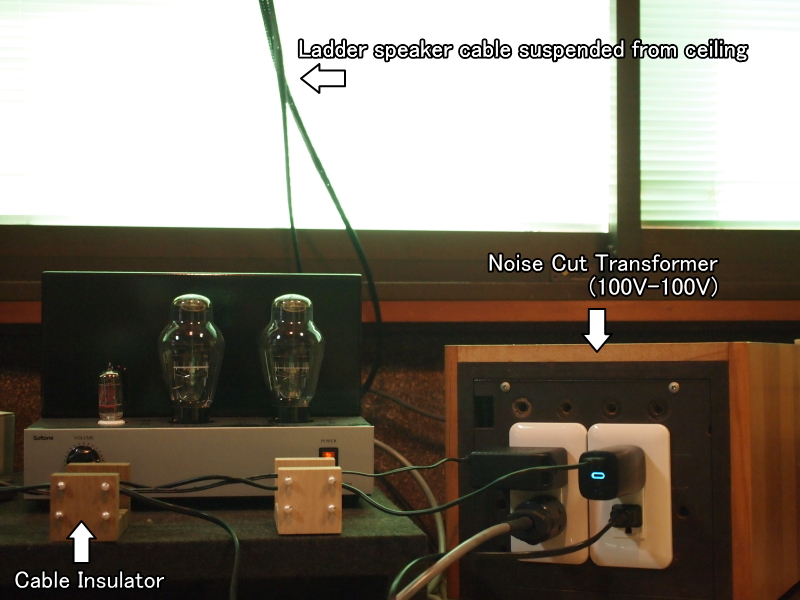
About USB cable:
Ultra-fine wires are considered to be the best for digital transmission, but compared to many finished products, I choise "0.5 cm2 with fat sound" for Full-range driver.
At the finished product, USB cable that uses an extra-fine Gore wire(for airplanes) is which makes a very clear sound.
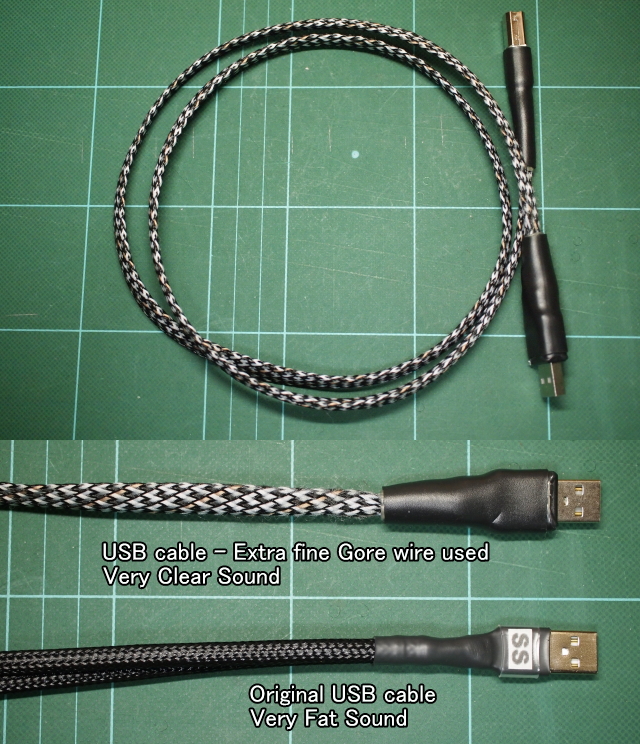
Thanks your comments.
Ladder type speaker cable is suspented from the ceiling.
Cable thickness was selected after listening 0.1cm2 to 5.5cm2.
In addition, I decieded other all cable's thickness after auditioning.
And, material of wire is unified with tough pitch copper(TPC).

About USB cable:
Ultra-fine wires are considered to be the best for digital transmission, but compared to many finished products, I choise "0.5 cm2 with fat sound" for Full-range driver.
At the finished product, USB cable that uses an extra-fine Gore wire(for airplanes) is which makes a very clear sound.

I like enclosure that are light and vibrate, so I made a stand with light steel pipes for full-range speaker.
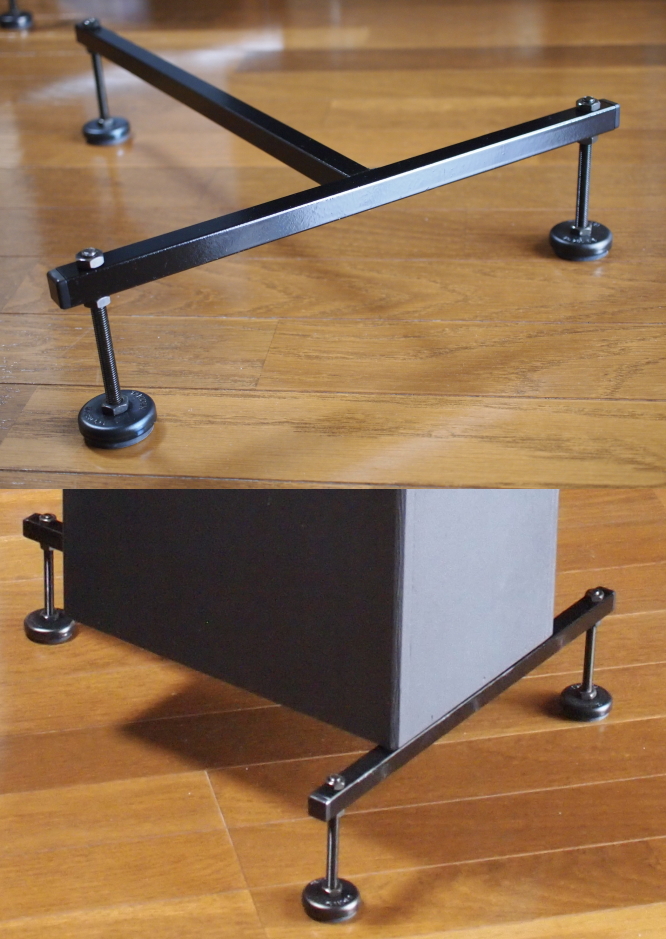
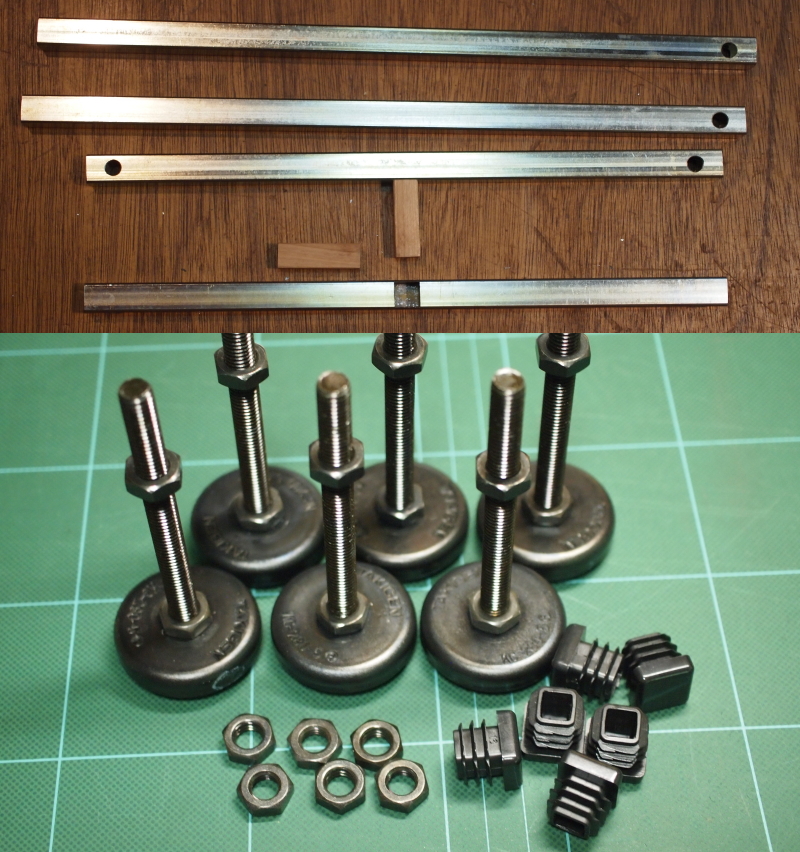
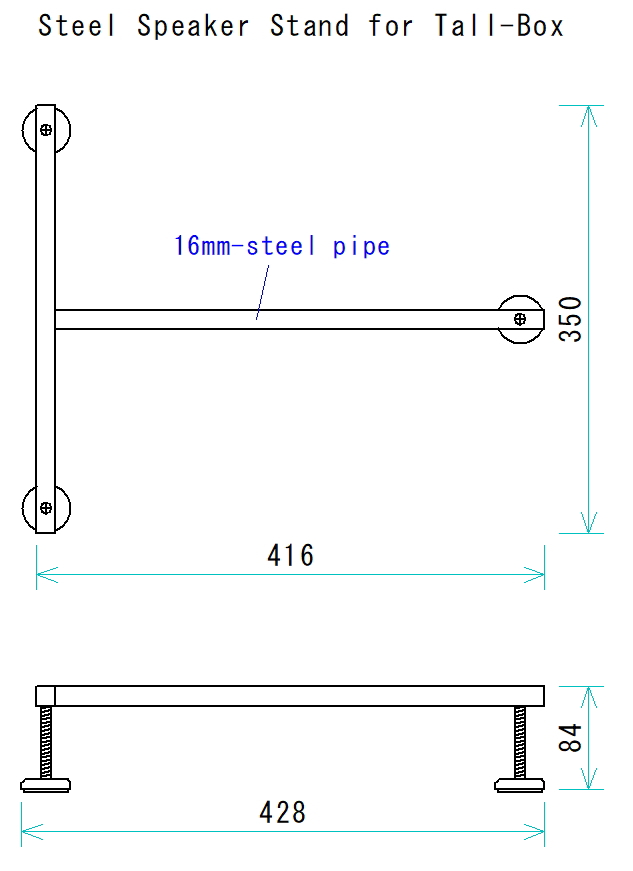
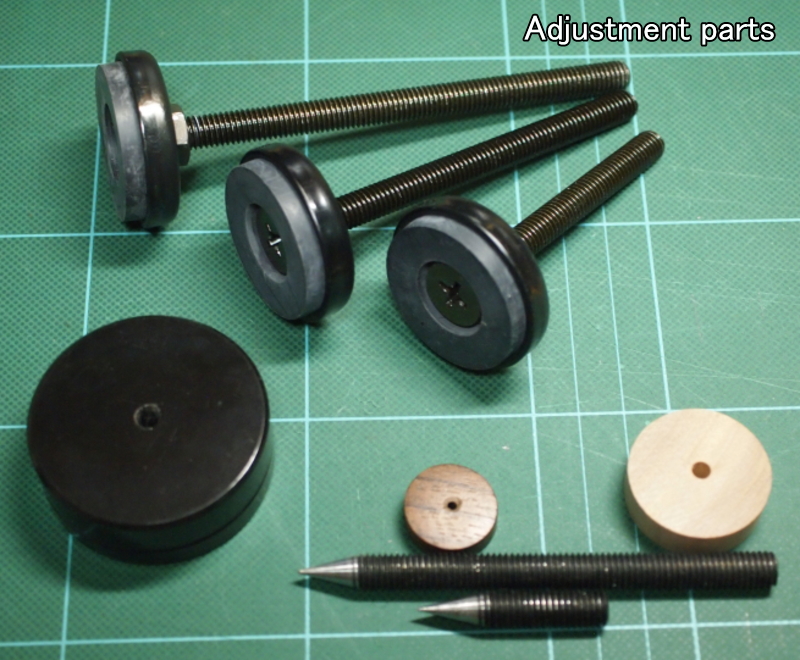
[ YouTube ] Sounds of "MAOP10 + TWTD-13.5T + Light steel pipe stand"
Led Zeppelin - Stairway to heaven
真空管アンプ(300Bシングル)と13cmフルレンジ(MAOP10)で聴く~天国への階段/レッド・ツェッペリン - YouTube




[ YouTube ] Sounds of "MAOP10 + TWTD-13.5T + Light steel pipe stand"
Led Zeppelin - Stairway to heaven
真空管アンプ(300Bシングル)と13cmフルレンジ(MAOP10)で聴く~天国への階段/レッド・ツェッペリン - YouTube
Dear DRONE7,
I don't want it to come in contact with the air, so once I make it, I can't open the lid.
I have been using a mixture of brass scrubbers and stainless scrubbers for a year and a half, but there is no problem.
After using it for about half a year, the sound will become familiar.

I don't want it to come in contact with the air, so once I make it, I can't open the lid.
I have been using a mixture of brass scrubbers and stainless scrubbers for a year and a half, but there is no problem.
After using it for about half a year, the sound will become familiar.

Dear Andrewbee,
I'm using two 300B tube amps.
Model8 is for beginners, but I think the sound quality is good.
However, since it is not advertised by the garage maker, its recognition is low.

Softone Model8-300BとFull-Range SpeakerでEnjoyするClassic Music♪ - YouTube
I'm using two 300B tube amps.
Model8 is for beginners, but I think the sound quality is good.
However, since it is not advertised by the garage maker, its recognition is low.

Softone Model8-300BとFull-Range SpeakerでEnjoyするClassic Music♪ - YouTube
- Home
- Loudspeakers
- Full Range
- DIY audio accesarry for full-range driver
